This year, Monday, 21 December, is the winter solstice, often known as the shortest day of the year, at least for those in the northern hemisphere. The winter solstice in 2009 will feature nine hours and sixteen minutes of daylight in New York City, with the sun rising at 7:16 AM and setting at 4:32 PM. What is interesting to this blogger is that according to the United States Naval Observatory website, 22 December, the day after the solstice, will apparently be one minute shorter than the solstice in New York City, with the sun rising at 7:17 AM and setting at 4:32 PM (the other locations I checked have identical-length days on the 21st and 22nd). The discrepancy most likely occurs because the actual solstice is an instant in time, the moment when the earth’s axial tilt is furthest from the sun, and though that instant might be on 21 December, making that date the solstice, it is most likely very late in the day, making it possible for the winter solstice to NOT be the shortest day in the year. At least, that is as much as I can figure out; please feel free to correct me if I am wrong.
Anyway, as I did two years ago, I wanted to offer encouragement to those who think that winter, which officially starts on the winter solstice, will last forever, and that spring will never come. In mere days we will be getting more and more light with each and every revolution of the earth and it is only a matter of time before the very first spring migrants start their journey north. So, don’t despair, and enjoy these shots that should remind you that the warmth of spring is on the way!


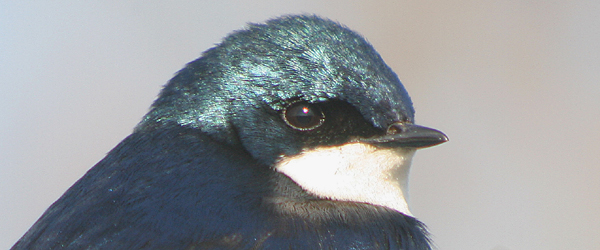
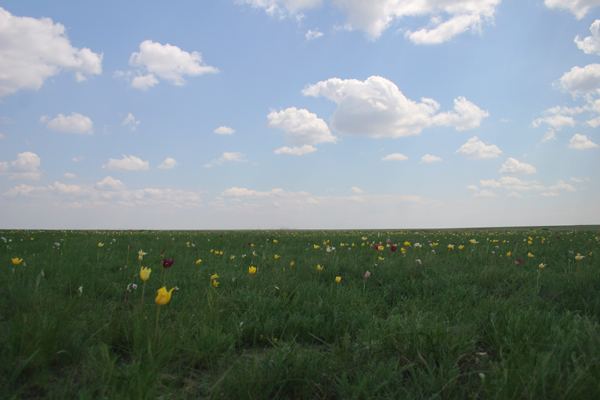
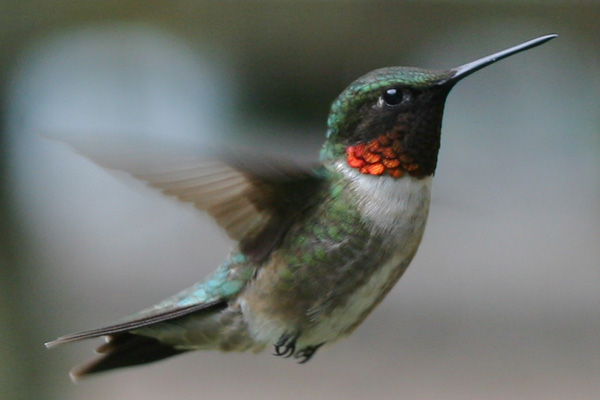
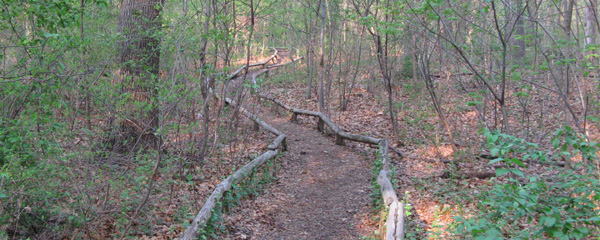
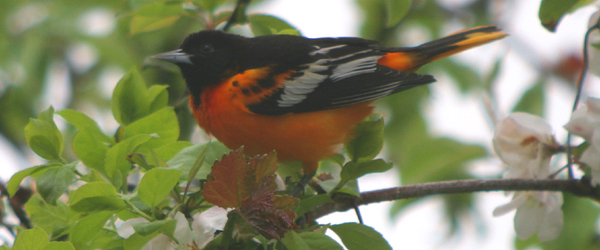











For me personally (if you count the “shortest day” by the hours the sun is above the horizon, the shortest day of the year is November 6th, 7th, 8th, 9th, 10th… February 1st, 2nd, 3rd, 4th, and 5th”. But I too am looking forward to the tilt of the earth shifting in our favour and the promise of the sun.
You’ll notice that the times for sunrise and sunset are rounded to the nearest minute. So it appears that the lengths of the two days are:
Dec 21: 7:16 to 16:32… 9 hours and 16 minutes
Dec 22: 7:17 to 16:32… 9 hours and 15 minutes
But let’s suppose that the times to the nearest second were:
Dec 21: 7:16:20 to 16:31:40… 9 hours, 15 minutes, 20 seconds
Dec 22: 7:16:40 to 16:32:20… 9 hours, 15 minutes, 40 seconds
Notice how if you round those (hypothetical) times to the nearest minute, you get the times that you got from the USNO, but they actually result in Dec 22 being longer than Dec 21!
@Clare: That’s weird. Do things just get wacky when one is too far north or is this because there is NO sun between the dates you listed?
@Paul: Well, I wouldn’t have thought of it that way but it does make sense.
It could also be that the criteria for calculating the solstice versus sunset and sunrise are different. For example, the solstice may be calculated by using the moment the middle of the sun’s disc meets the horizon while the sunset may be calculated by when the top of the sun’s disc slips below the horizon. Atmospheric diffraction can complicate this as well.
If you find this kind of stuff interesting you should read this article over at the naval observatory. Basically it says that the solstice is the shortest day but technically not the day of the earliest sunset. It is also technically not the day of the latest sunrise.
Good stuff.
No sun between the days I listed, I got lazy and used an ellipses. The sun sets on November 5th and we don’t see it again until February 6th.
The (winter) solstice itself is not a “day” but a “moment”, the moment the tilt of earth’s axis points directly away (North Pole) from the sun. The shortest duration-of-sunlight day for most people is the one whose noon is closest to that solstice moment. But there are exceptions…